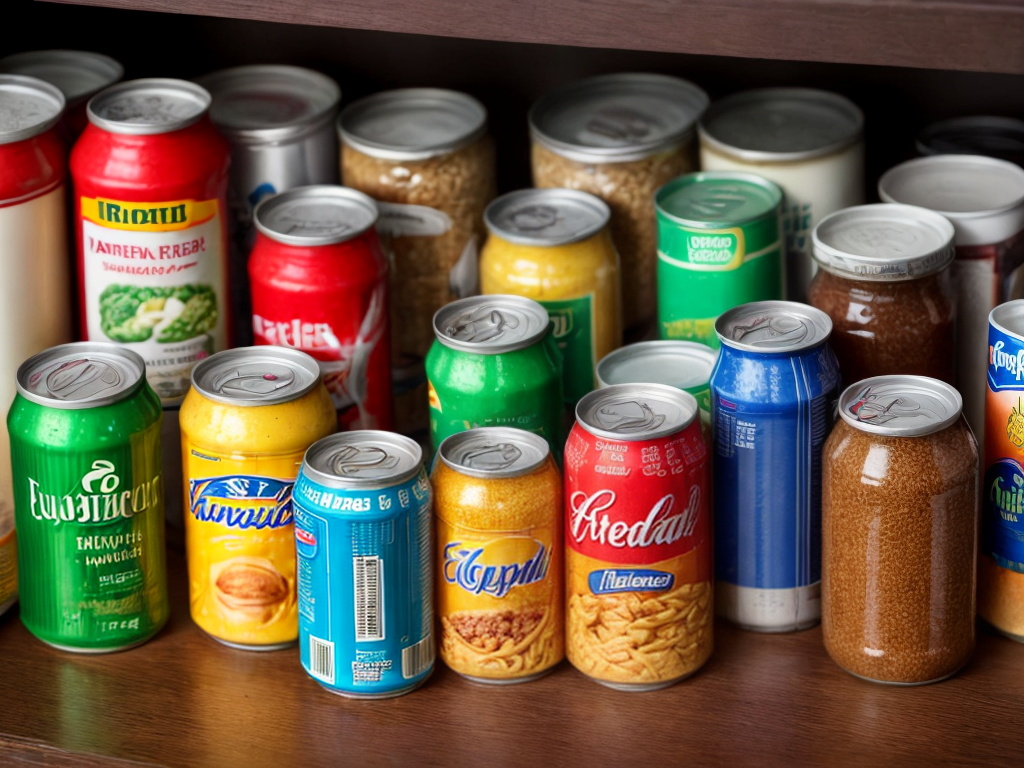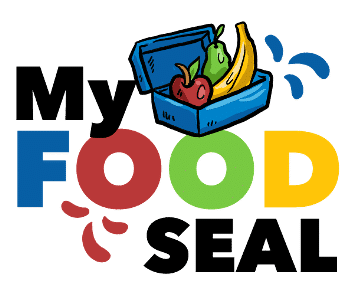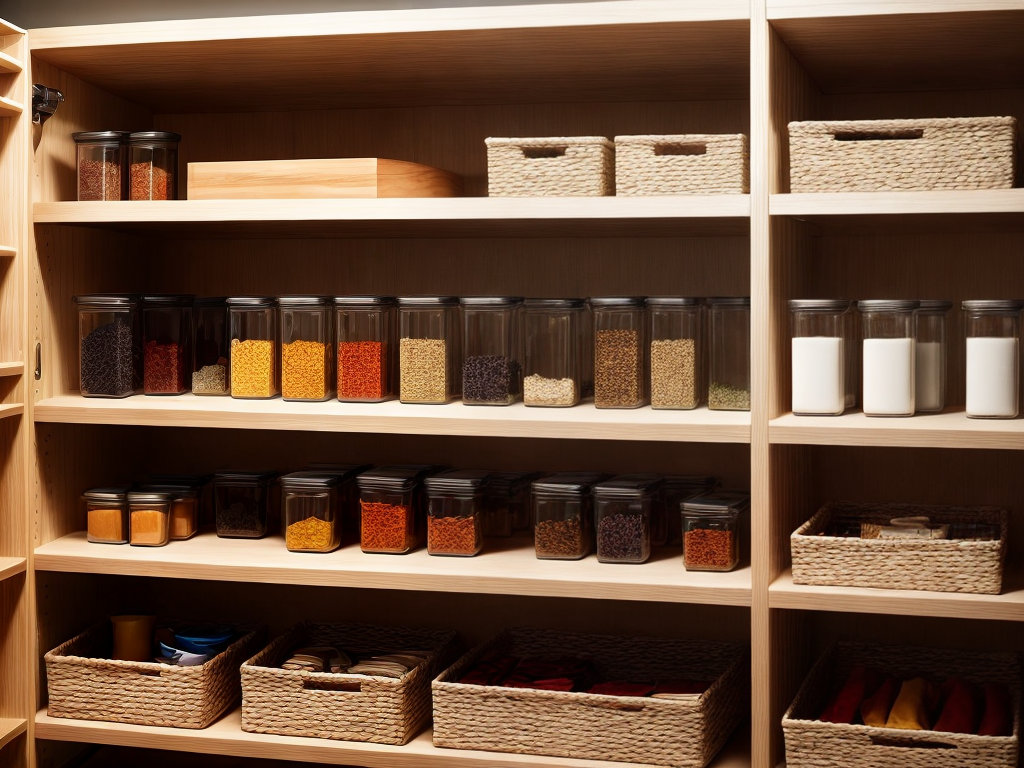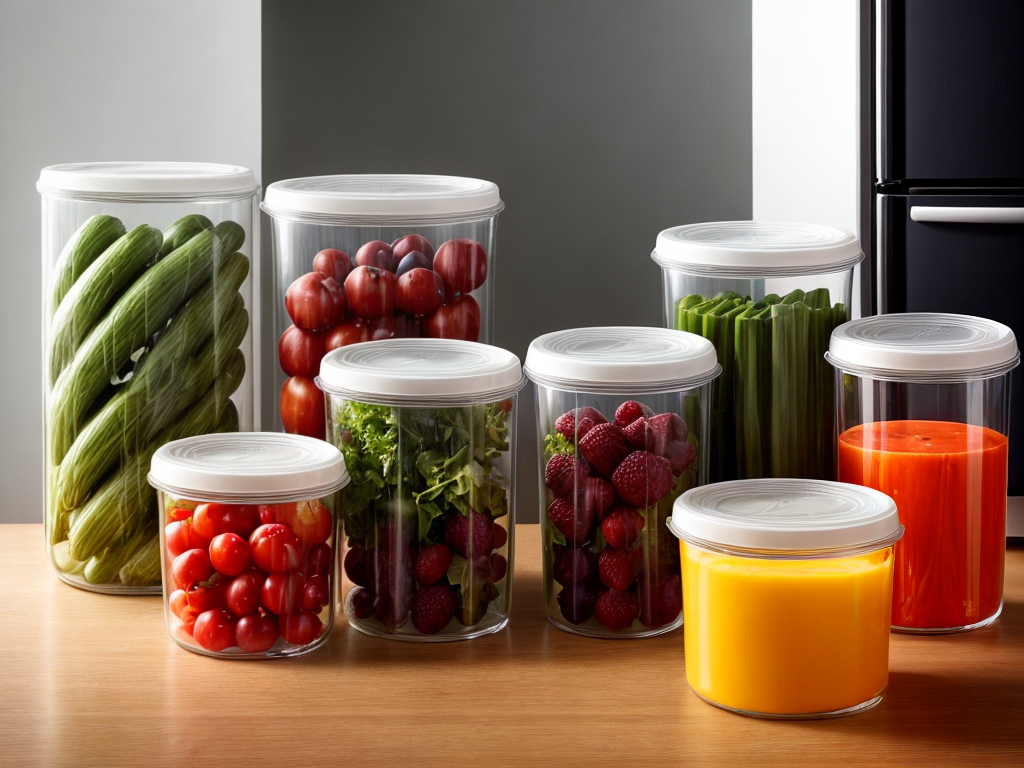
You know what they say: “Better safe than sorry.” When it comes to food, it’s important to know if what we’re about to consume is still safe for us. But how can we tell if our stored food has gone bad? Well, let me tell you, there are some simple signs to look out for. Visual inspection, smell test, texture and consistency, and even taste evaluation can give us hints about the freshness of our food. But don’t worry, I’ll walk you through all the details, so you can ensure that what you’re about to eat is still good.
Visual Inspection
When checking if your stored food has gone bad, the first step is to visually inspect it for any signs of spoilage. Visual inspection plays a crucial role in determining the quality and safety of your food. One important aspect to consider during visual inspection is the shelf life of the product. Examine the packaging or label for any expiration dates or best before dates. These dates indicate the recommended timeframe for consumption, after which the quality of the food may deteriorate. Additionally, pay attention to any changes in color or texture. Discoloration can be a clear indicator of spoilage, such as mold growth or bacterial contamination. Look for any unusual spots, patches, or fuzzy growth on the food’s surface. If you notice any of these signs, it is best to discard the food to avoid any potential health risks. Remember, a quick visual inspection can help you identify any potential problems and ensure the safety of the food you consume.
Smell Test
To determine if your stored food has gone bad, utilize the smell test. By using your sense of smell, you can detect any signs of spoilage or contamination. Here are three key things to consider when conducting the smell test for food preservation and food safety:
-
Foul Odor: Take a whiff of the food item and pay attention to any unpleasant or unusual smells. If you detect a strong, foul odor, it is a clear indication that the food has gone bad. Mold, bacterial growth, or chemical changes can cause the unpleasant smell, and consuming such food can lead to foodborne illnesses.
-
Offensive Aromas: Certain foods, such as fish or dairy products, can have a distinct smell. However, if the aroma is overpowering or offensive, it’s a red flag. Strong ammonia-like smells from dairy or putrid odors from fish may suggest spoilage. Trust your nose and discard any food with offensive aromas.
-
Unusual or Rancid Smells: Foods that contain oils or fats can turn rancid over time. If you notice a sharp, metallic, or bitter scent, it could indicate rancidity. This is particularly common in oils, nuts, and seeds. Rancid food not only tastes unpleasant but can also be harmful to your health.
Texture and Consistency
I can assess the quality of stored food by examining its texture and consistency. Spoilage indicators and signs of deterioration can often be detected through changes in these characteristics. When inspecting the texture of stored food, I look for any abnormalities such as clumps, separation, or excessive moisture. For example, if a bag of flour feels lumpy or has a sticky texture, it may have absorbed moisture and become spoiled. Similarly, if a can of soup appears curdled or has separated into layers, it is likely no longer safe to consume.
Consistency is another important aspect to consider. Different types of food have varying consistencies, so it is crucial to know what is normal for each item. For instance, a jar of peanut butter should have a smooth and spreadable consistency. If it becomes dry and crumbly, it may have gone bad. In contrast, yogurt should have a creamy and uniform consistency. If it appears chunky or has a watery texture, it is a clear sign of spoilage.
To help illustrate the importance of texture and consistency in determining food quality, here is a table that highlights some common spoilage indicators:
| Food Item | Normal Texture and Consistency | Signs of Deterioration |
|---|---|---|
| Bread | Soft and springy | Mold, dry or hard texture |
| Milk | Smooth and creamy | Sour smell, curdled |
| Meat | Firm and moist | Slimy or sticky surface |
| Cheese | Smooth and slightly firm | Mold, dry or crumbly |
Taste Evaluation
Examining the taste of stored food is another important method for determining its quality and freshness. When evaluating the taste of stored food, there are several key factors to consider:
-
Flavor assessment: Pay attention to any unusual or off-putting flavors. If the food tastes sour, bitter, or rancid, it is likely spoiled and should not be consumed. On the other hand, if the taste is pleasant and similar to when it was fresh, it is a good indication that the food is still safe to eat.
-
Culinary uses: Consider the intended culinary uses of the stored food. If the taste has significantly changed and no longer complements the dishes it is meant for, it may be best to discard it. For example, if spices have lost their potency or sauces have become overly acidic, they may not enhance the flavors of your meals as they should.
-
Personal preference: Trust your taste buds and personal preferences. Even if the stored food has not technically gone bad, if you find the taste unappealing or it no longer meets your standards, it is better to replace it with fresh alternatives.
Expiration Date and Storage Guidelines
When considering the quality and safety of stored food, it is essential to take into account the expiration date and storage guidelines provided by the manufacturer. These guidelines are designed to ensure that the food remains safe to consume and maintains its optimal quality. Proper handling techniques, such as storing food at the correct temperature and avoiding cross-contamination, are crucial for preventing spoilage and foodborne illnesses.
Expiration dates are printed on food packaging to indicate the date until which the product is expected to remain at its best quality. It is important to note that an expiration date is different from a “sell-by” or “best-by” date. While the latter refers to the date by which the product should be sold, the expiration date indicates when the product may no longer be safe to consume.
In addition to expiration dates, storage guidelines provide instructions on how to store food properly to extend its shelf life. These guidelines may include information on refrigeration, freezing, and proper packaging techniques. Following these guidelines can help prevent food from spoiling prematurely and reduce the risk of foodborne illnesses.
Common signs of food spoilage include changes in color, texture, and smell. Mold growth, slimy or sticky textures, and foul odors are all indications that the food has gone bad and should be discarded.
Conclusion
In conclusion, properly assessing the quality of stored food is crucial to avoid foodborne illnesses. By visually inspecting for any signs of spoilage, using the smell test, checking the texture and consistency, and tasting a small amount, one can determine if the food is still safe to consume. Additionally, referring to the expiration date and following proper storage guidelines can further ensure the freshness and safety of the stored food.











